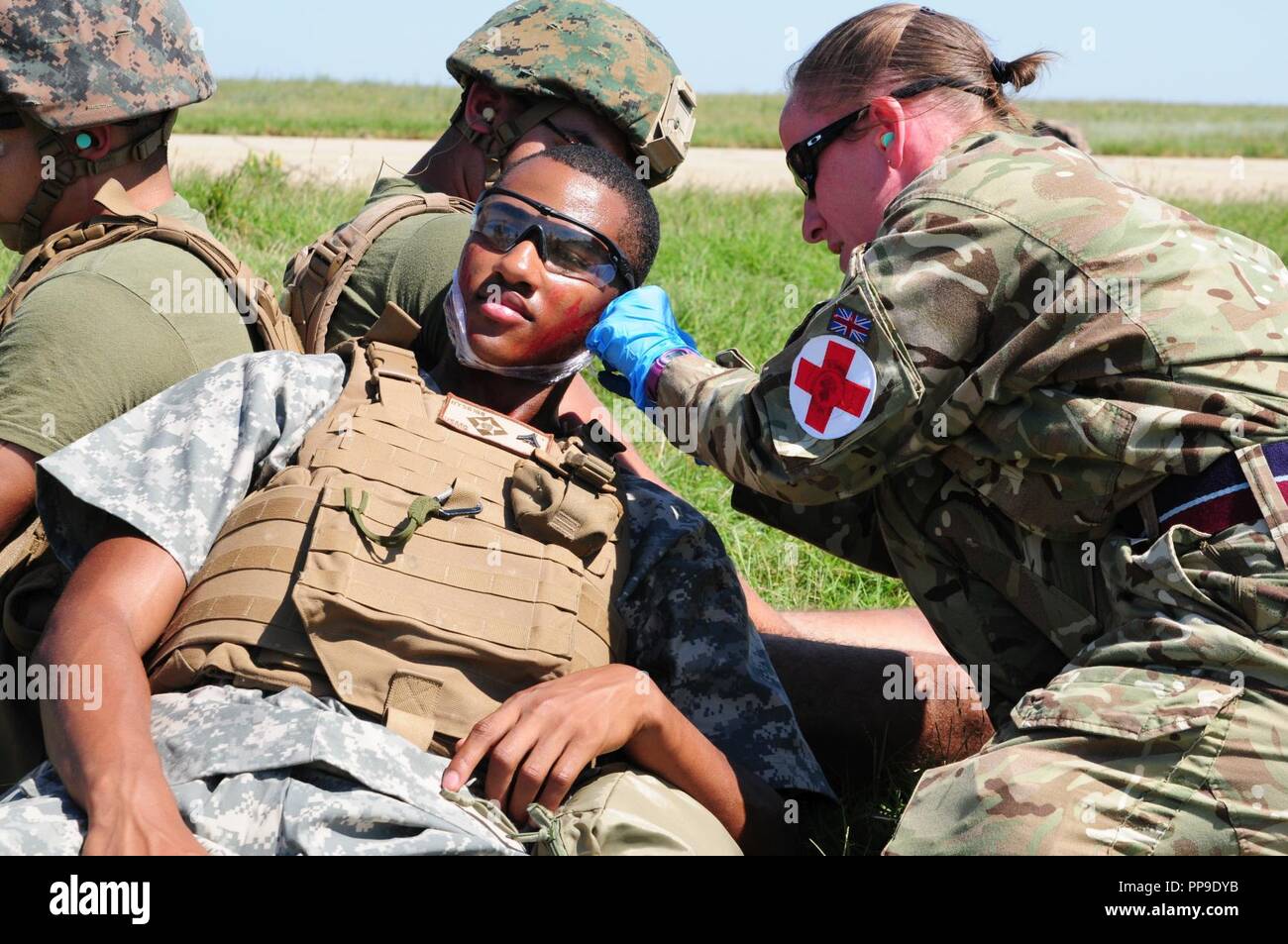Marine Corps 9 Line - Within an EMS, there is a significant discrepancy in the information provided to the next level of supplier.
In a qualitative analysis of 90 critical illness transfers from EMS to emergency departments, a primary concern or complaint was present only 78% of the time. Only half of transfers had adequate physical exam results.1 This is largely due to a lack of consistent expectations about what information EDs want from EMS. In addition, only half of the verbal communication between EMS and DU is retained by DU staff after verbal transfer.2.
Marine Corps 9 Line

To address this issue, EMS systems must engage emergency services to communicate with them to create consistent expectations throughout the patient transfer process and determine what information is useful and necessary. Since a verbal report is rarely remembered, it would be useful to give a brief report to highlight important information.
Fy 2020 Data And Statistics
A very simple verbal report format for all levels of medical providers is the MIST report used by the military. While it may not be able to convey all the information about allergies and medications included in some traditional EMS reports, it does get to the key details quickly.
Often combined with a mechanism, such as a gunshot wound to the leg, amputation of both legs due to an explosion, maxillofacial injury, etc.
Profuse bleeding, incoherence, radial pulse, abnormal respiratory rate, oxygen saturation if abnormal, labored breathing, audible stridor, etc.
What has been done to address the above issues to the victim? eg, adjacent tourniquets, packed wounds, surgical airway placement, needle decompression of suspected pneumothorax, etc.
Figure 2 From Ship To Objective Maneuver (stom): Medical Analysis Using The Nhrc Tactical Medical Logistics (tml+) Planning Tool In Support Of The Marine Corps Warfighting Laboratory (mcwl)
An example of a MIST report might be: "This is an elderly man with a gunshot wound to the leg, massive bleeding controlled by two tourniquets, he is unresponsive to commands and has no radial pulse. His carotid pulse is 130."
In the first few minutes of resuscitation and assessment, senior healthcare providers know what to expect. The victim is in shock, hypotensive, but no longer bleeding. He needs fluid resuscitation, preferably with blood. The exact time of his last meal doesn't matter because he's going to have surgery anyway.
Another example: “This is an elderly male police officer with a gunshot wound to the neck, an expanding hematoma, profuse bleeding and stridor. It does not follow commands and has no radial pulse. Her will was filled and a surgical airway was placed. His stridor has resolved and he is breathing 30 breaths per minute.

Again, we know what it takes to heal quickly. The patient has a penetrating abdominal injury with vascular injury and airway obstruction. He is confused, but his airways are fine now.
U.s. Marine Corps Crossword
Finally, the third example: “This is an elderly man with a gunshot wound to the chest. He had no radial pulse and difficulty breathing. He had minimal external bleeding. He underwent needle decompression with return of radial pulse and decreased work of breathing.
This simple, concise verbal report can help the next provider focus on key issues. They can understand medications and allergies when all the risks in life are over. Of course, this model can be expanded to include all patient transfers and many EMS systems have done so.
Want to learn how to stop a major bleed and respond quickly to an emergency? Try our online courses or get started with sample preview course material
1 Goldberg, SA, Porat, A. (2017). A quantitative content analysis of EMS delivery of critically ill and injured patients in the emergency department. Prehospital Emergency Care, 21(1), 14-17.
Rate, Ranks, And Insignias
2Talbot, R., & Blitman, A. (2007). Data retention by emergency department staff: Do standardized approaches work? Journal of Emergency Medicine, 24(8), 539-542.
Dr. Mike Schertz is the owner and lead instructor of Crisis Medicine. Dr. Schertz brings more than 30 years of experience and wisdom to create comprehensive, science-based training to better prepare civilians, law enforcement, EMS and the military to manage injuries and trauma in high-risk environments. Using a combination of current and historical events, Dr. Schertz's lectures include relevant and illustrative photographs, as well as hands-on demonstrations to show how, why and when to use each emergency medical procedure required to be a multiplier. .
Marine corps officer, us marine corps recruiting, military marine corps, e-9 in the marine corps, marine corps line scores, marine corps camp lejeune, marine corps line training, the marine corps, marine corps recruiting, marine corps line, marine corps reserve, e-9 marine corps
0 Comments